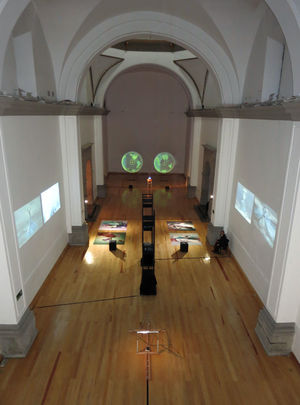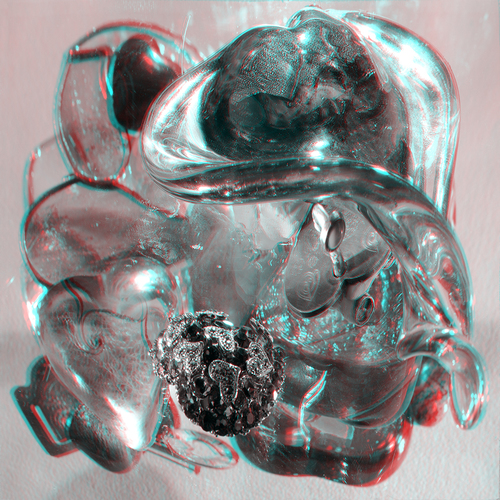SHIVERING
Research Creation Project 2011-2014
Objects, Agency and Art
SHIVERING is a multi-disciplinary investigation into the social role of objects, particularly art objects, examined through the facetted lenses of art research, digital and multimedia art practice and contemporary anthropological theory.
The principal investigator is Catherine Richards , Professor of Visual Arts and University Research Chair at the University of Ottawa.
Dr. Maria Lantin, co-investigator, is Director of Research at the Emily Carr University of Art + Design.
Dr. Maureen Matthews, Curator of Ethnology at the Manitoba Museum, is the project's cultural anthropologist.
The purpose of this program is to research, develop and complete a body of exceptionally creative work, based on a deep investigation into the border between animate and inanimate - what we consider to be life-like. Our approach is collaborative and on the leading edge of our respective fields, in the intellectual domain and creative art practice.
The Shivering research / creation endeavor brings an innovative perspective to a contemporary area of investigation in visual and new media art: virtuality, immateriality, artificiality, animacy and agency (Hayles, Dyson, Grau, Hanson). Through these theoretical concepts, researchers have grappled with where we think we begin and end and what we consider to be human or post-human in the contemporary media-scape.
In creating 'objects' we are revisiting the territory of illusions and employing them as formal devices - as a kind of aesthetic instrument or material to envision the entangled indeterminate border between humans and objects. The French anthropologist and historian of science, Bruno Latour, talks about the difficulty of studying the role of objects in contemporary lives and calls upon researchers to develop tricks which will bring this role into the open. This research project has the potential to do this and bring both the objects and the debate about their significant cultural role into the collective awareness.
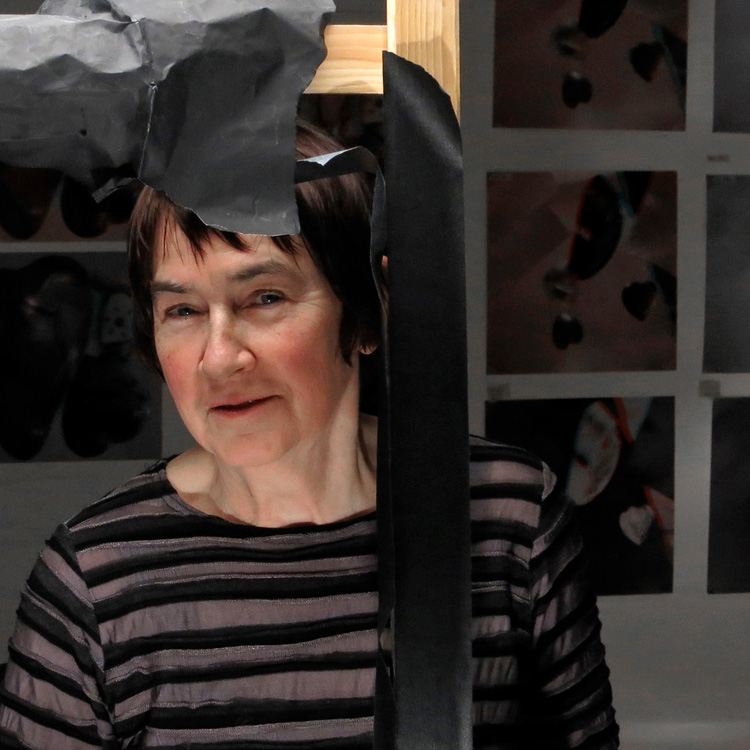
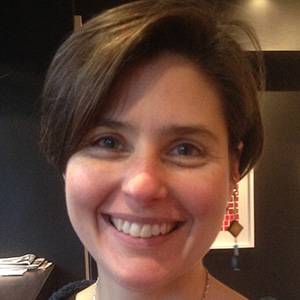
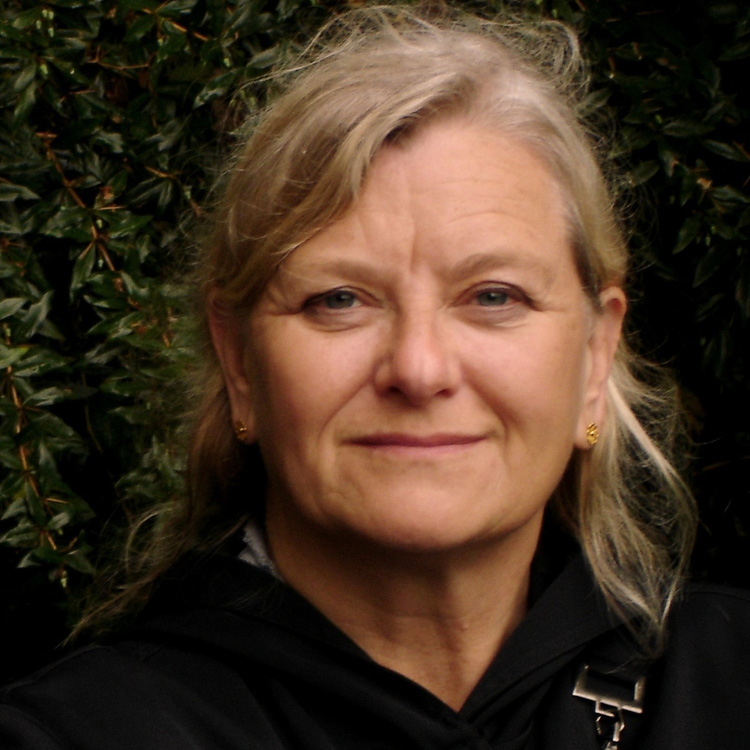
Catherine Richards - Principle Investigator
Catherine Richards is a visual artist in old and new media art. Her work explores the volatile sense of ourselves as new information technologies shift our boundaries.
Her many international exhibitions include: Sydney Biennale, ISEA, A/V Festival, ACM SIGGRAPH, Montreal Museum of Fine Arts, V2, The Banff Centre for the Arts, SPECTROPIA, National Gallery of Canada, ZKM.
Awards received include the Canada Council for the Arts, Media Arts prize; fellowships include the National Gallery of Canada; the unique residency AIRes at the National Research Council of Canada; grants include AT&T Canada and the Daniel Langlois Foundation for Art, Science and Technology.
She is a Professor Emeritus, Department of Visual Arts and former University Research Chair at the University of Ottawa.
Maria Lantin - Co-Investigator
Dr. Maria Lantin is the Director of Research at Emily Carr University of Art + Design. For many years she has been joining her love of Computing Science with her belief in the innovative potential of the arts. A circuitous route led her from obtaining her PhD in Computing Science at Simon Fraser University to leading the Visualization Research Lab at the Banff CentreÕs Banff New Media Institute (BNMI). Working primarily in teams, she has had the joy of bringing to life many artist projects involving digital technology, and continues this practice at Emily Carr where the Intersections Digital Studios (IDS) provides an ample playground for experimentation.
She has been playing with stereoscopic 3D images and applications (both creative and applied) since 2000. Starting with Mainframe Entertainment where she worked on the first IMAX stereoscopic animation (that never made it to the big screen but was still amazing), to working on photogrammetry software at IDELIX Inc, to running a stereoscopic CAVE at the Banff Centre, she has been experimenting with S3D in many forms. Her interest is in experimental and interactive forms of media. She likes people that reconstruct things. Working with her immensely talented team at Emily Carr, she has had the privilege of building a Centre that is curious, investigative, and actively engaged with the local creative communities.
Maureen Matthews - Consultant
Maureen Matthews is the Curator of Ethnology at the Manitoba Museum. She is an anthropologist with a long journalistic background as an award winning CBC radio documentary maker. She has built her anthropological practice on journalistic projects centred around supporting native languages and speakers and has used audio to emphasize the value of native languages and the wisdom and humour of native speakers. Her theoretical work has a dual Ojibwe and anthropological focus bringing together strands of Ojibwe philosophical and metaphorical thinking with contemporary anthropological work on the nature of personhood and the animacy and agency of objects.
For the last three years, Maureen has been working at the Manitoba Museum developing collaborative exhibits about aboriginal issues in Manitoba, most recently "We Are All Treaty People" with the Treaty Relations Commissioner of Manitoba, James Wilson. Prior to working at the museum, Maureen prepared the academic papers which will be used to support a UNESCO World Heritage Site bid on the East side of Lake Winnipeg. The bid is the joint project of five native bands and two provincial parks andincorporates 4.3million hectares of intact boreal forest. Her work involves providing detailed evidence to back up the assertion that the Ojibwe people of the region have a uniquely valuable ecological and cultural relationship with their boreal forest homeland.
Contributors
Introduction
When Objects Have Agency. Human hearts are a living object 'gift of life'; and a technological one. Successful transplanted patients give 'token objects'; to the cardiologist who cannot part with them. Here the role of objects is dramatically manifested as they intervene in life processes, inter-relations and the limits of being human.
In stereo, (an illusion) these objects live a kind of half-life, apparently material yet active in unexpected ways and operating out of reach.
Contents
- Collaboration with the Medical Research Team, University Health Network (UHN)
- Catherine Richards' .IMG Research / Creation Lab
- Transitio_MX 05 - September 21-29, 2013, Mexico City
- Exhibition: Still Lives 1 & 2 - September 21-29, 2013
- Exhibition: Shivering Symposium, May 9-10, 2014
- UAAC-AAUC Conference 2014 Congres - October 28, 2014
- Exhibition: I'm Afraid to Ask - October 24 - November 7, 2014
Cardiac Transplant Unit, Toronto General Hospital
University of Ottawa
Biomediciones Festival of New Media Art and Video
Laboratorio Arte Alameda, Mexico City, Mexico
Winnipeg, Manitoba
Toronto
Open Gallery, OCAD, Toronto
Collaboration with the Medical Research Team University Health Network (UHN), Cardiac Transplant Unit, Toronto General Hospital
UHN's Cardiac Transplant Research Program
... Unusual emotional and psychological responses to the life-transforming procedure can produce real distress for some heart transplant recipients, a fascinating new study of a Toronto hospitalÕs patients suggests. Video interviews with 25 recipients found many had questions about their identity after receiving another person's heart, felt an intruder had found its way inside them, or experienced an intense, emotional bond with the donor whose death meant they could continue living.
One 50-something woman even said she stopped wanting to have sex with her husband after concluding - despite anonymity rules - her donor had been a man.
The project itself had unusual origins, stretching the usual, evidence-rooted boundaries of health care and shedding new light on a remarkable treatment the world now largely takes for granted. Dr. Heather Ross, the cardiologist who heads the UHN's cardiac transplant program, said her view of the treatment changed when she began exploring philosophy. The transplant world typically has viewed the procedure in "Cartesian" terms, as a bio-mechanical exchange of spare parts, she notes. The ideas of phenomenology she examined, however, pointed to body and consciousness being closely linked and suggested "we are in a never-ending process of becoming," said Dr. Ross, who has been working with British philosopher Margrit Shildrick and others.
- National Post December 12, 2014
Dr. Heather Ross
Dr. Margrit Shildrick
Patricia McKeever
Susan Abbey
Jennifer M. Poole
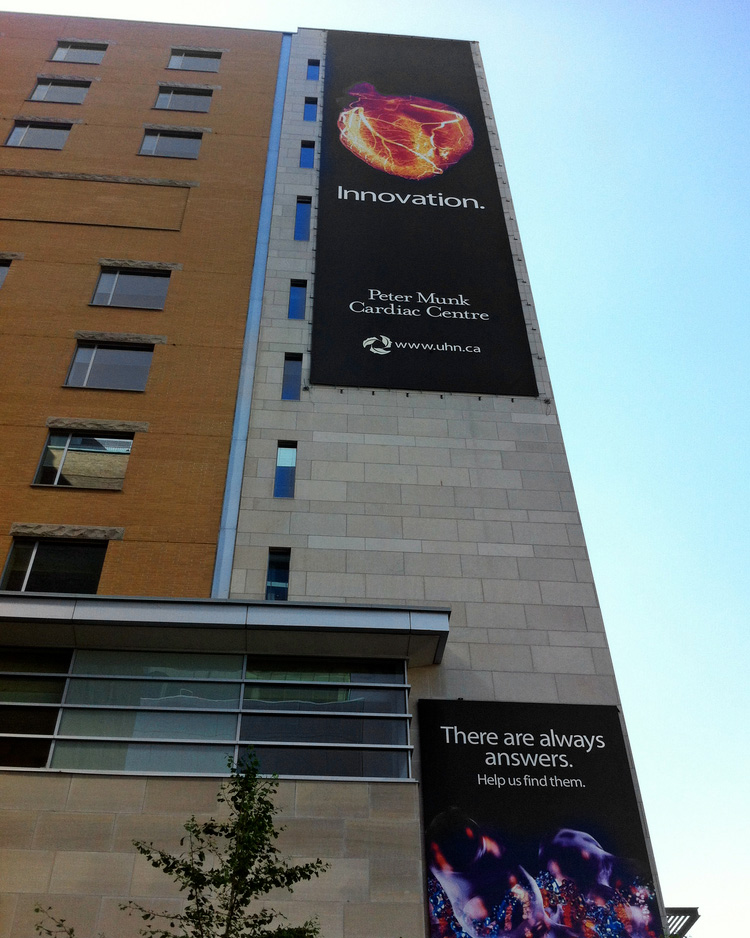
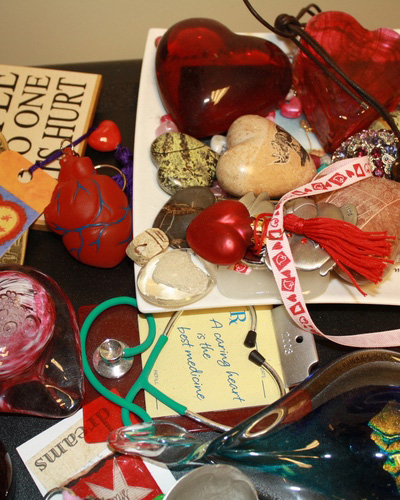
Catherine Richards' .IMG Research / Creation Lab
University of Ottawa
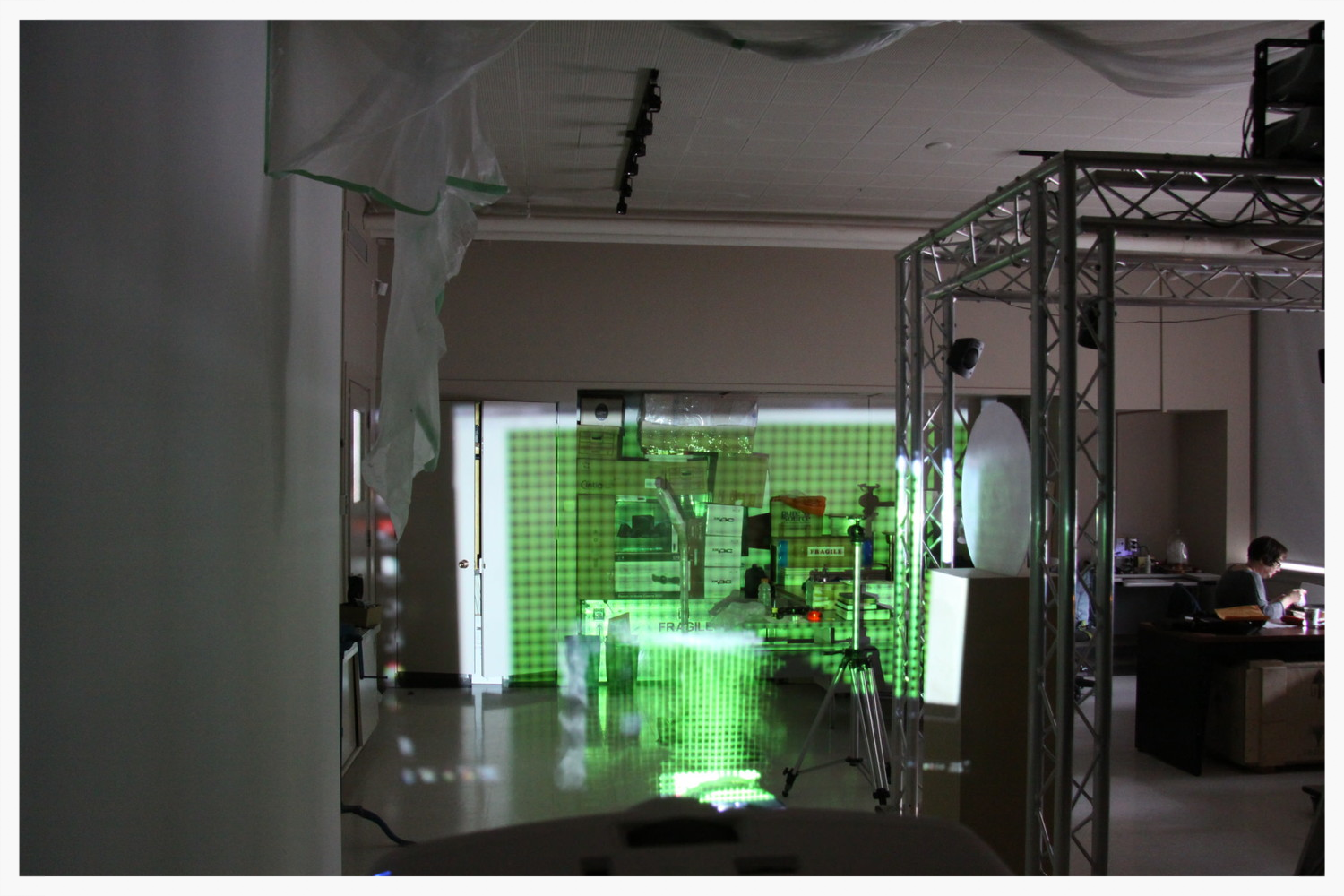
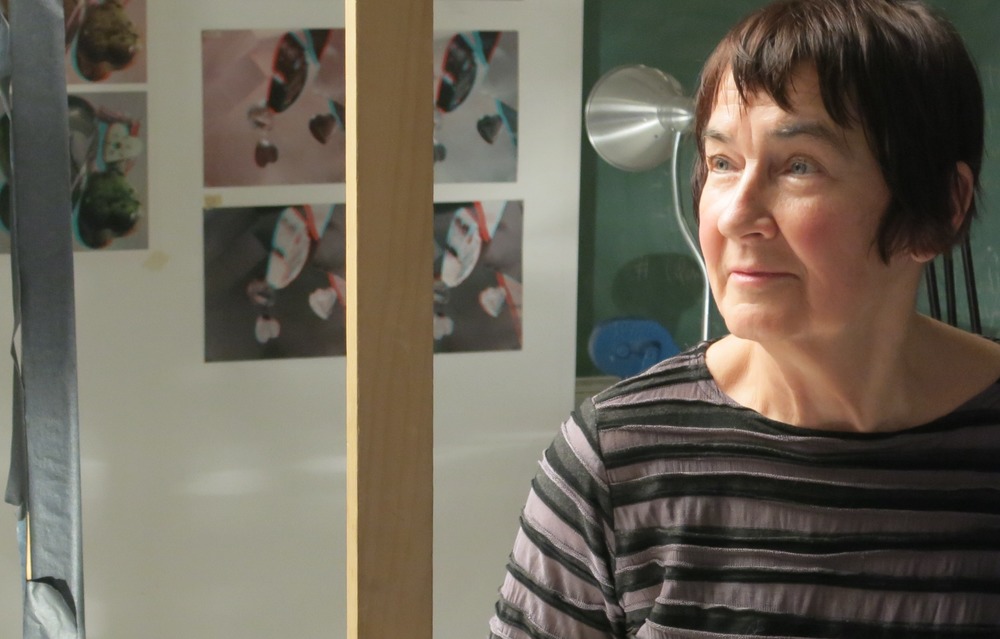
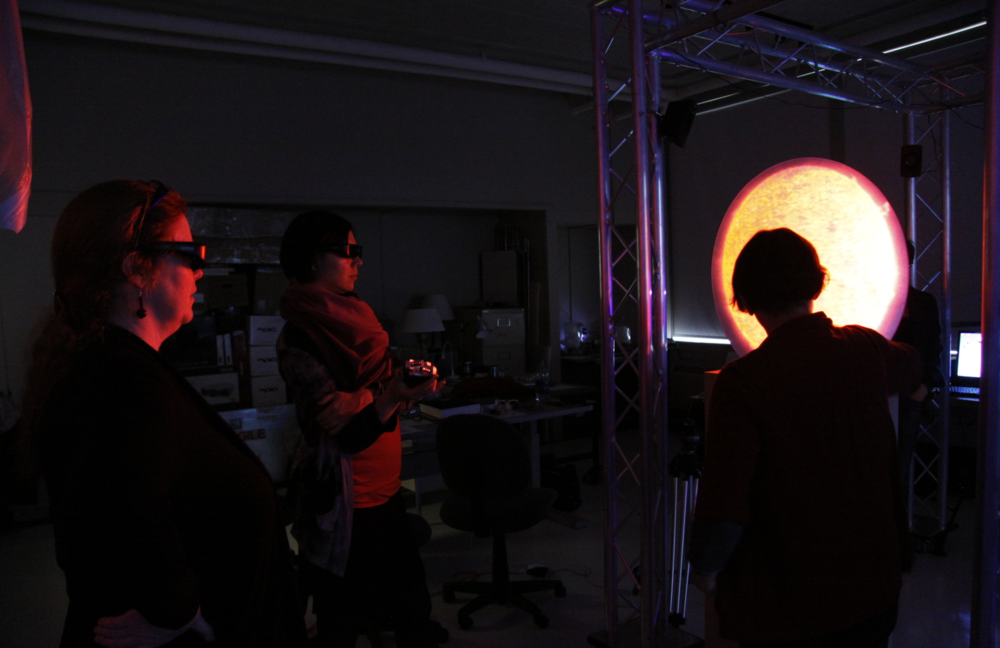
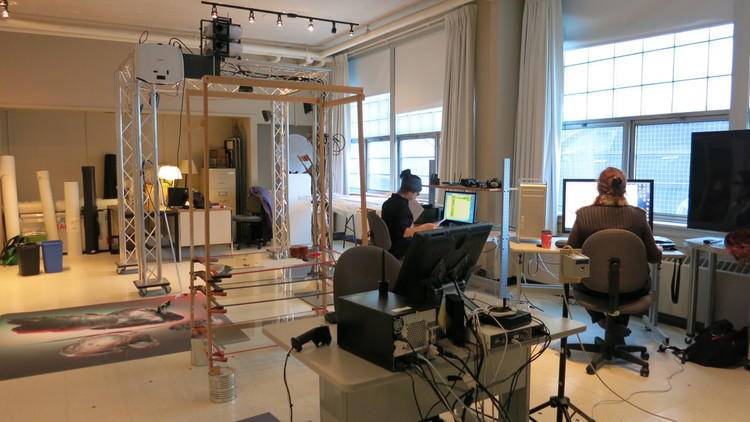
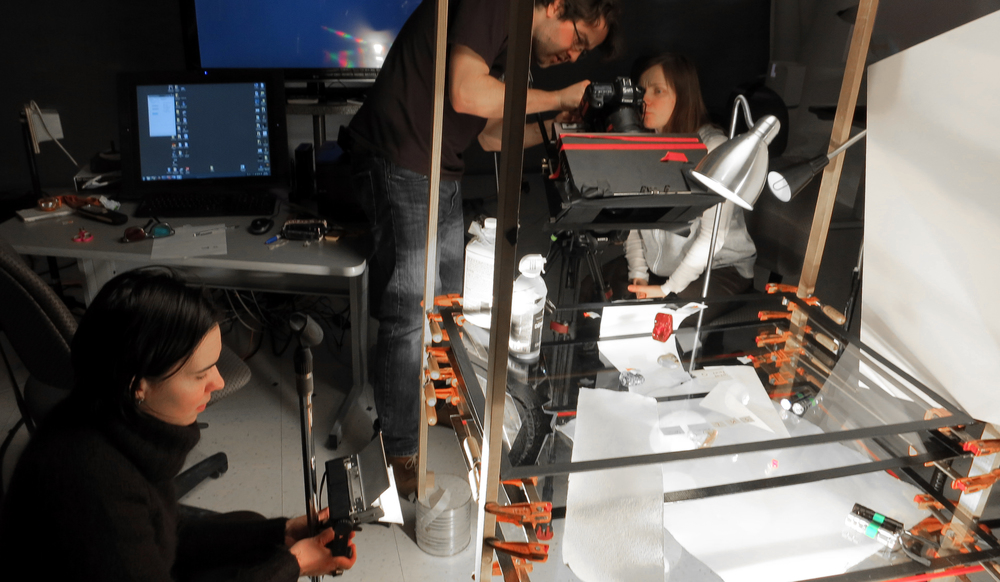
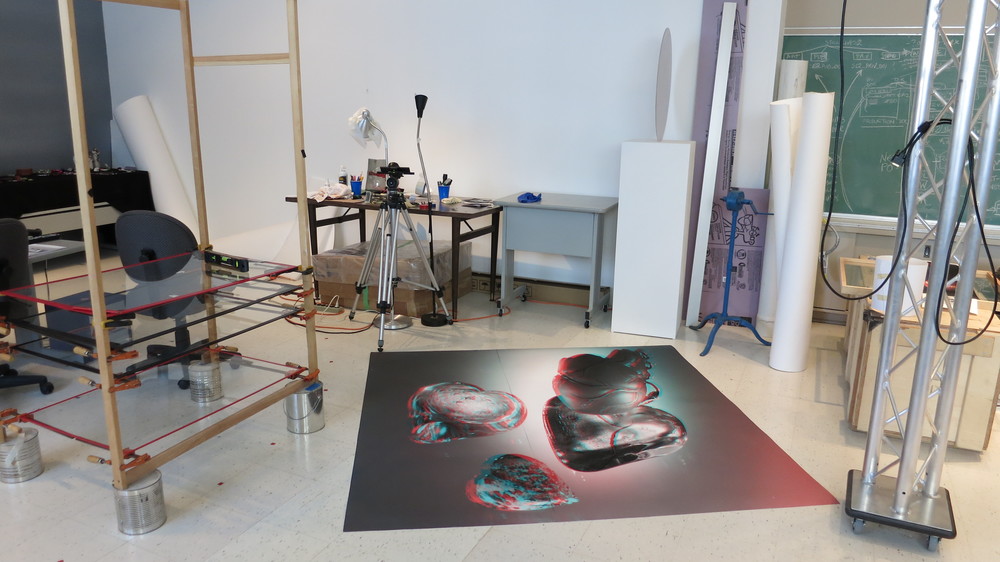
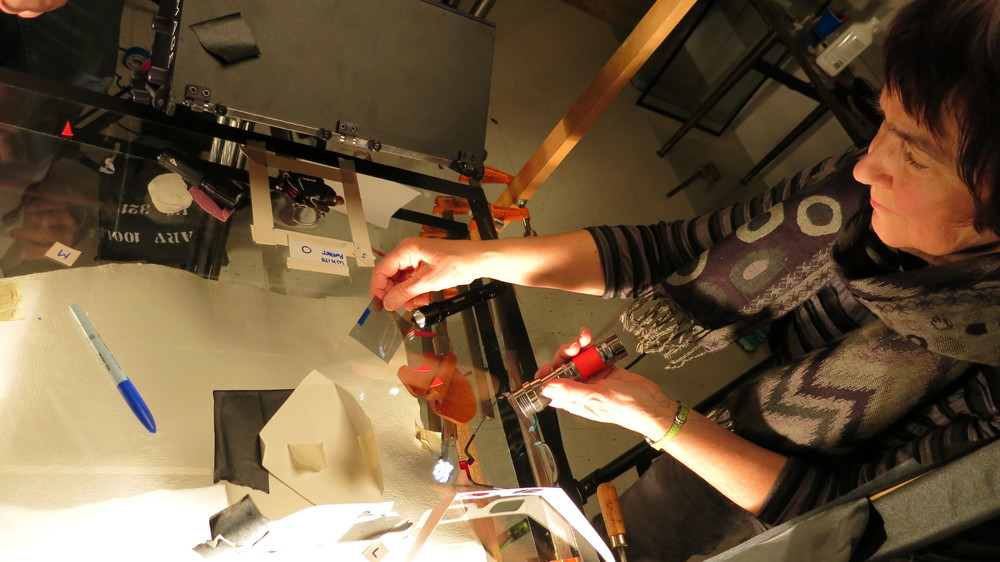
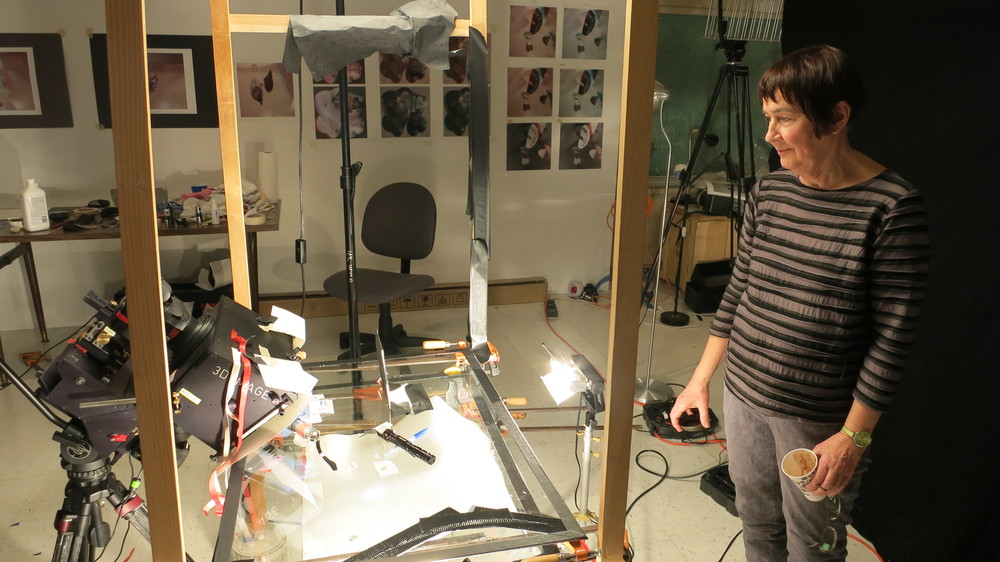
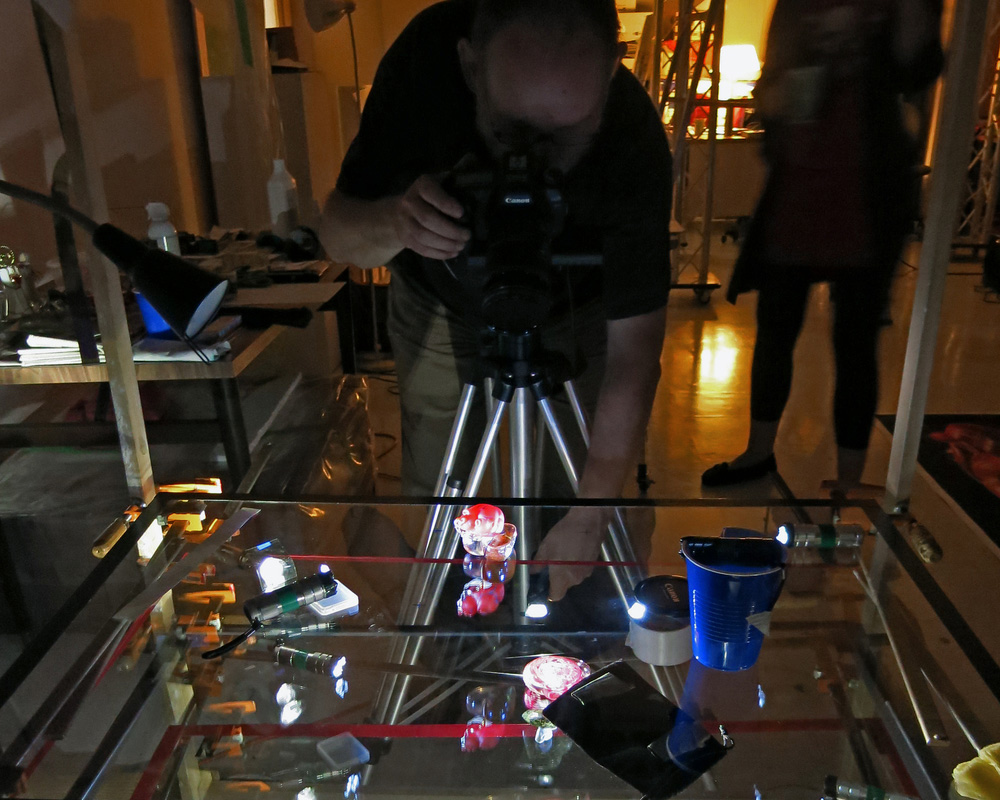
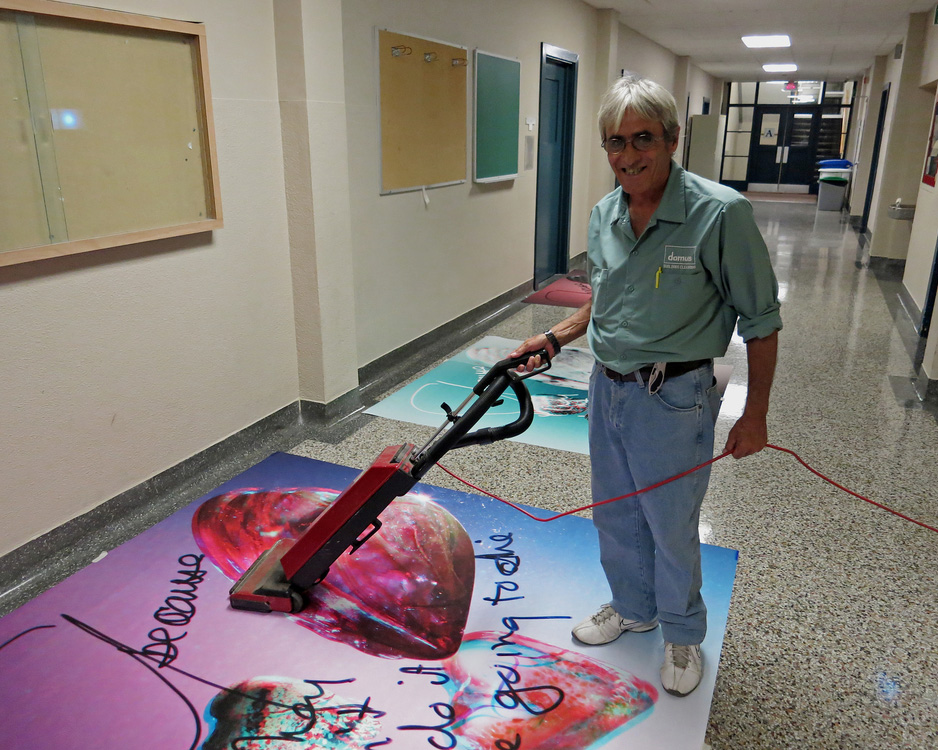
Transitio_MX 05 - September 21-29, 2013, Mexico City
Biomediciones Festival of New Media Art and Video
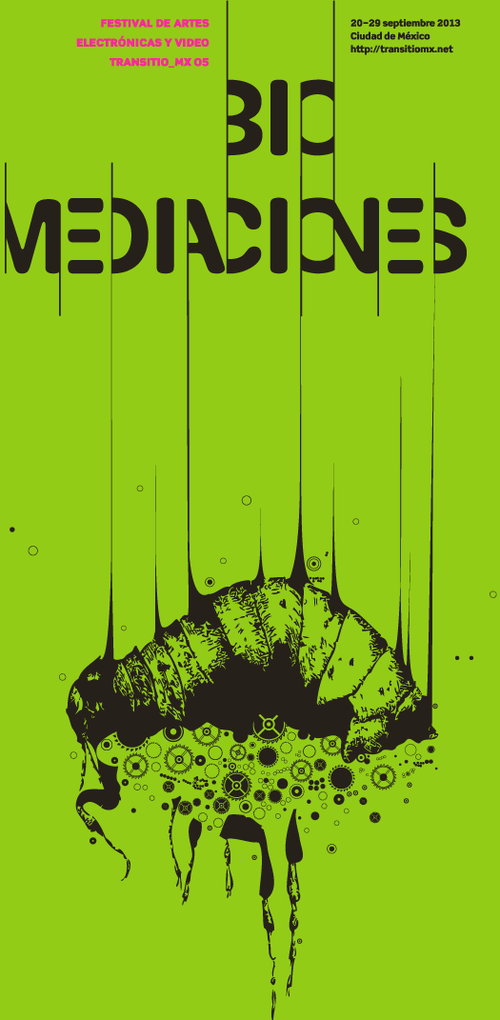
The International Festival of New Media Art and Video Transitio_MX is the most important platform in Mexico for the expression and analysis of contemporary practices in artistic creation in electronic media and digital culture. It is a biennial festival that comprises three main activities: a symposium, an exhibition and a contest.
In order to ensure continuity and also the organic and plural evolution of the festival, a collegial model of running the festival has been established. The Planning and Evaluation Council was founded in 2004, with a group of independent artists, directors, cultural managers and employees of the National Center of the Arts, an institution which, through its Multimedia Center, hosts and organizes the festival. Since its first edition in 2005, the Festival of New Media Art and Video Transitio_MX has opened a reflexive process of managing new media art and video through different approaches (theoretical, critical, practical).
The goal of each edition has been talk about the problems experienced by artistic and technological practices. From the first meeting a festive format had been adopted, thus locating electronic art in a shared, social and open space to be enjoyed by a wider community.
'Life' signifies many things. To begin with, it is a philosophical abstraction referring to our meaningful existence in the world. Yet ŌlifeÕ also refers to biological processes taking place at environmental, social and cellular levels, and to results of technical experiments conducted within the nexus of wet labs and computer labs. Life as such doesnÕt therefore exist: it is always mediated by language, culture, technology and biology.
It is these multiple mediations of life that form the theme of the Festival of New Media Art and Video Transitio_MX 05 BIOMEDIATIONS (Biomediaciones). The term 'biomediations' encapsulates lifeÕs own inherent dynamism that unfolds at environmental, social and cellular level. It also captures the creative, dynamic and evolving nature of media. Transitio_MX 05 BIOMEDIATIONS explores this intertwined process, whereby life is always mediated and whereby media themselves are seen as living Š i.e. composed of both technological and biological elements, and capable of generating new forms, unprecedented connections and unexpected events.
Focusing on 'life' understood philosophically, biologically and technologically, Transitio_MX05 showcases a wide range of living media that capture life: still and moving image, video and sound art, data visualisation and computer art, installation and performance. It also features bioart, a genre where genes, living tissue, blood, viruses and bacteria constitute the artistÕs material. Last but not least, Transitio_MX05 critically engages with philosophies of life, with their accompanying notions of creation, duration, emergence, process and flow. The problem of the mediation of life (and hence also death) in Mexican culture is a particularly important aspect of the festival's enquiry.
Uniquely, though, Transitio_MX05 BIOMEDIATIONS is not just about life: it is itself a mediated living event.
Artistic Director: Dr Joanna Zylinska, Goldsmiths, University of London
Mexico City, September 20 - 29, 2013
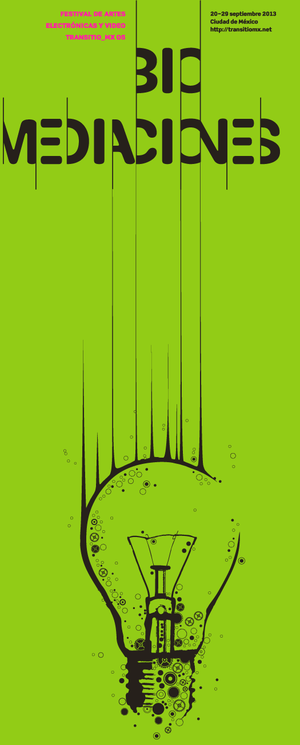
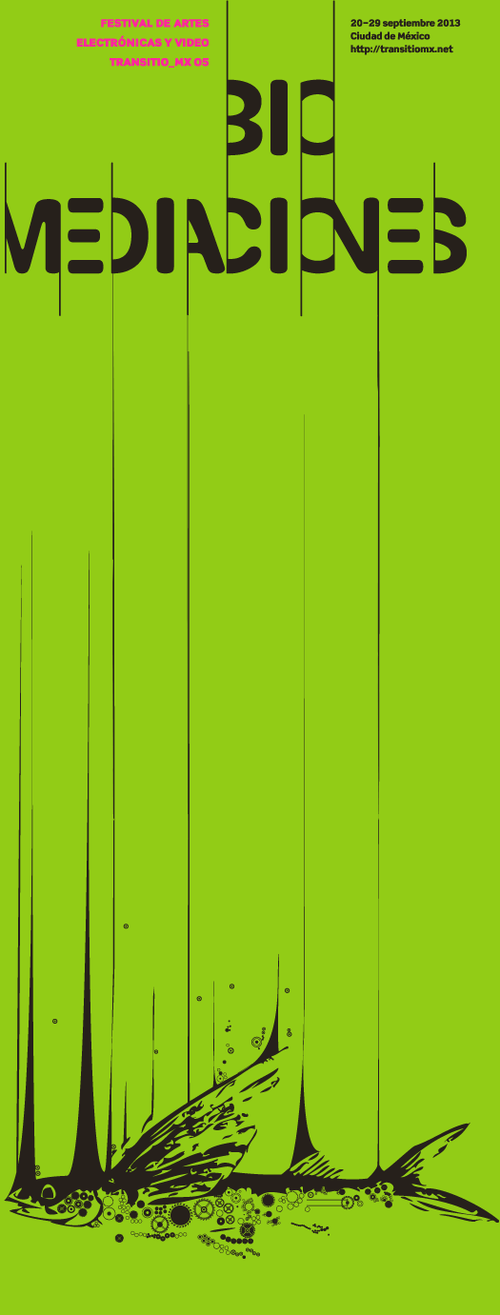
PANEL: Posthumanismo y hospitalidad
Activity: Roundtable
Date: September Monday 23, 12:00 - 14:00 hrs.
Venue: Aula Magna José Vasconcelos - CENART
Description: Who has had the power to define life, in what contexts and what consequences? Traditionally, the human being has been conceived as the privileged source of vital decisions for humans, "semi-humans" and nonhuman. Although anthropocentrism as a Western cultural paradigm has been put in question for more than a century of philosophical reflection, its effects remain embedded in the dominant logic of contemporary capitalism. This roundtable aims to explore alternatives to the anthropocentric given, taking as its starting point the recognition of the constructed character of the human and its constitutive relationship with the nonhuman. It poses the question whether such reflection can lead to the rethinking of "life" in a more pluralistic, open and responsible way. In Dr. José Luis Vera, director of the National School of Anthropology, will share some aspects of his research into the construction of "the human" in the discourse of physical anthropology. The Argentinian artist Mariano Sardón will share a reflection on the technological construction of perception. The artist Catherine Richards will present one of her most recent projects on the transplantation of vital organs and on how such transplants destabilize the symbolic and material boundaries of the human body. Finally, the artist Berenice Olmedo will present her artistic work with the street dogs of Puebla and Cholula as a critical intervention into the anthropocentric discourse of public hygiene.
Speakers:
José Luis Vera
Catherine Helen Richards
Berenice Olmedo Peña
Exhibition: Still Lives 1 & 2 September 21-29, 2013
Laboratorio Arte Alameda, Mexico City, Mexico
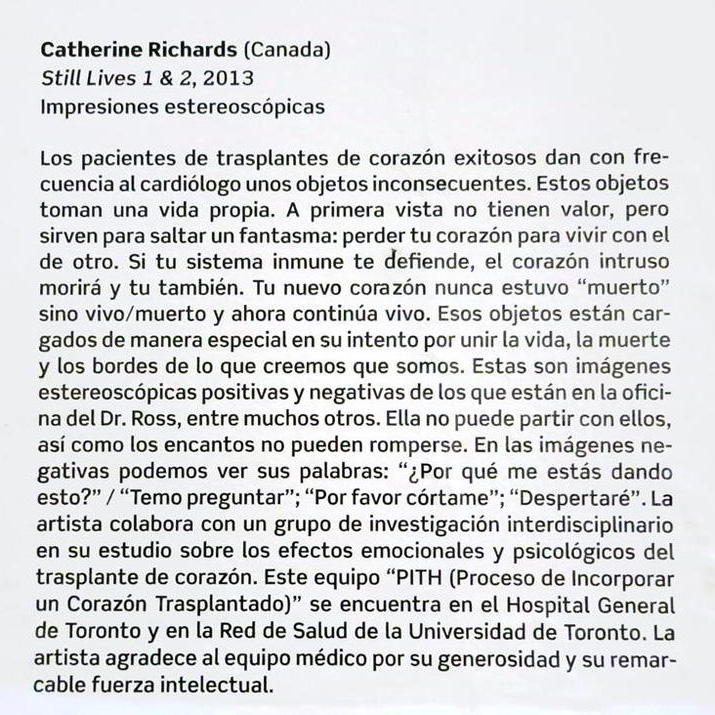
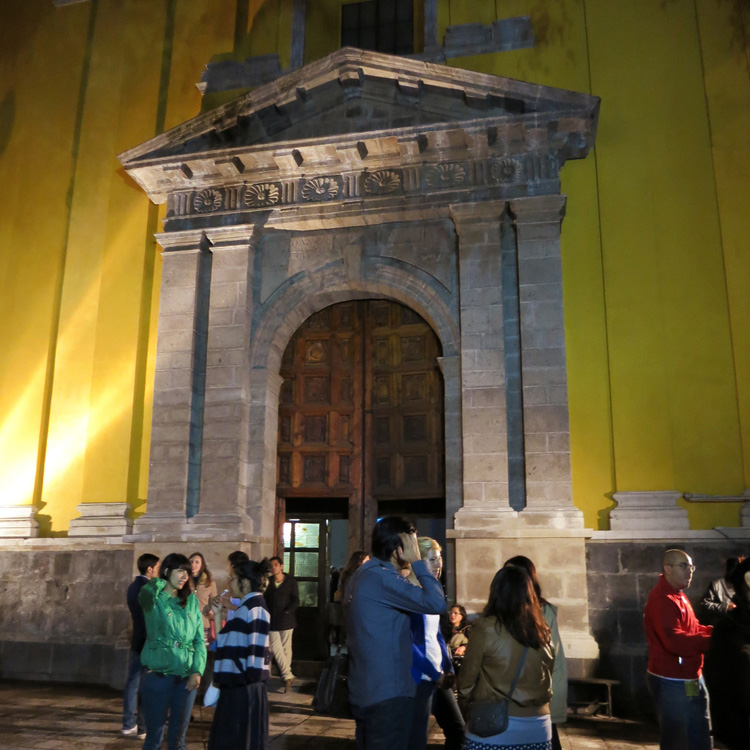
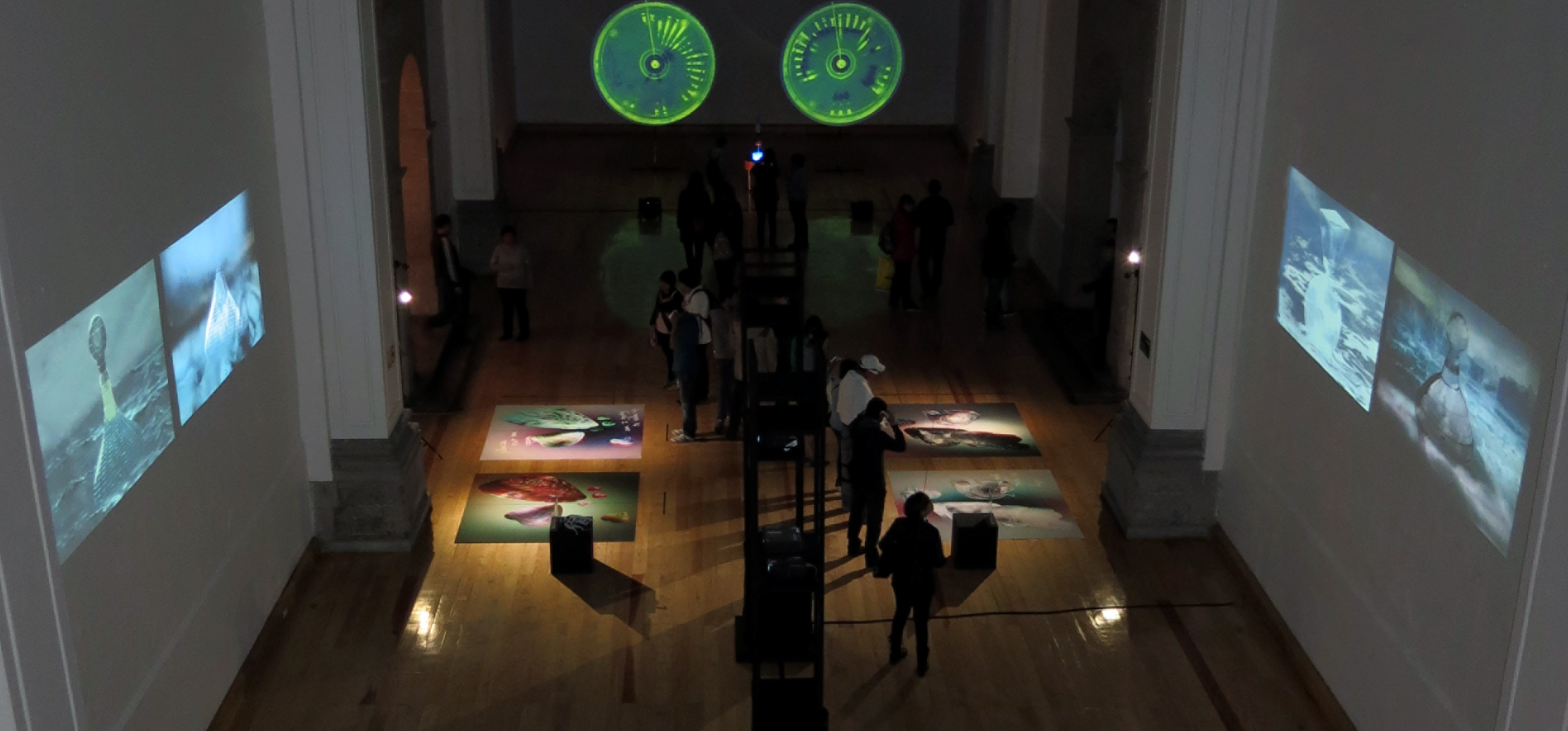
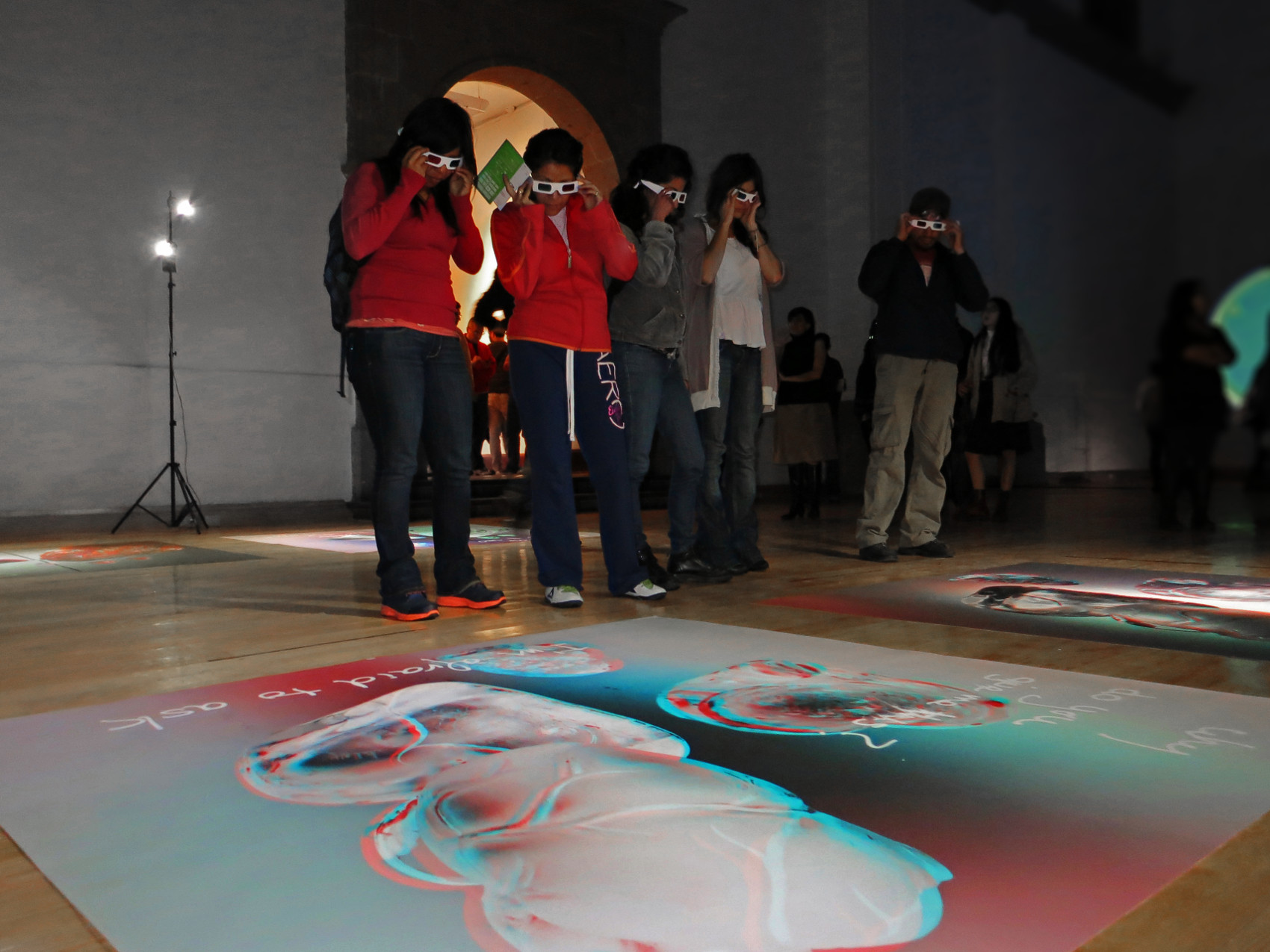
These objects belong to the cardiologist, Dr. Ross. Their inconsequential appearance betrays their power. Successful heart transplant patients come to the clinic year after year to give these to her. They bind her. She cannot part with them: "Why are you giving this to me"/ "I'm afraid to ask". When these objects take on a life of their own, the notion of objects with social agency is hard to resist. On the surface they are worthless, but they set out to bridge the unfathomable: losing your heart in order to live with another's; if your immune system defends you, the intruder heart will die and so will you; your new heart was never 'dead' but alive/dead and now continues alive. These objects are highly charged, attempting o bridge life and death and the borders of what we think ourselves to be.
Exhibition: Shivering Symposium, May 9-10, 2014
Museum of Manitoba, Winnipeg, Manitoba
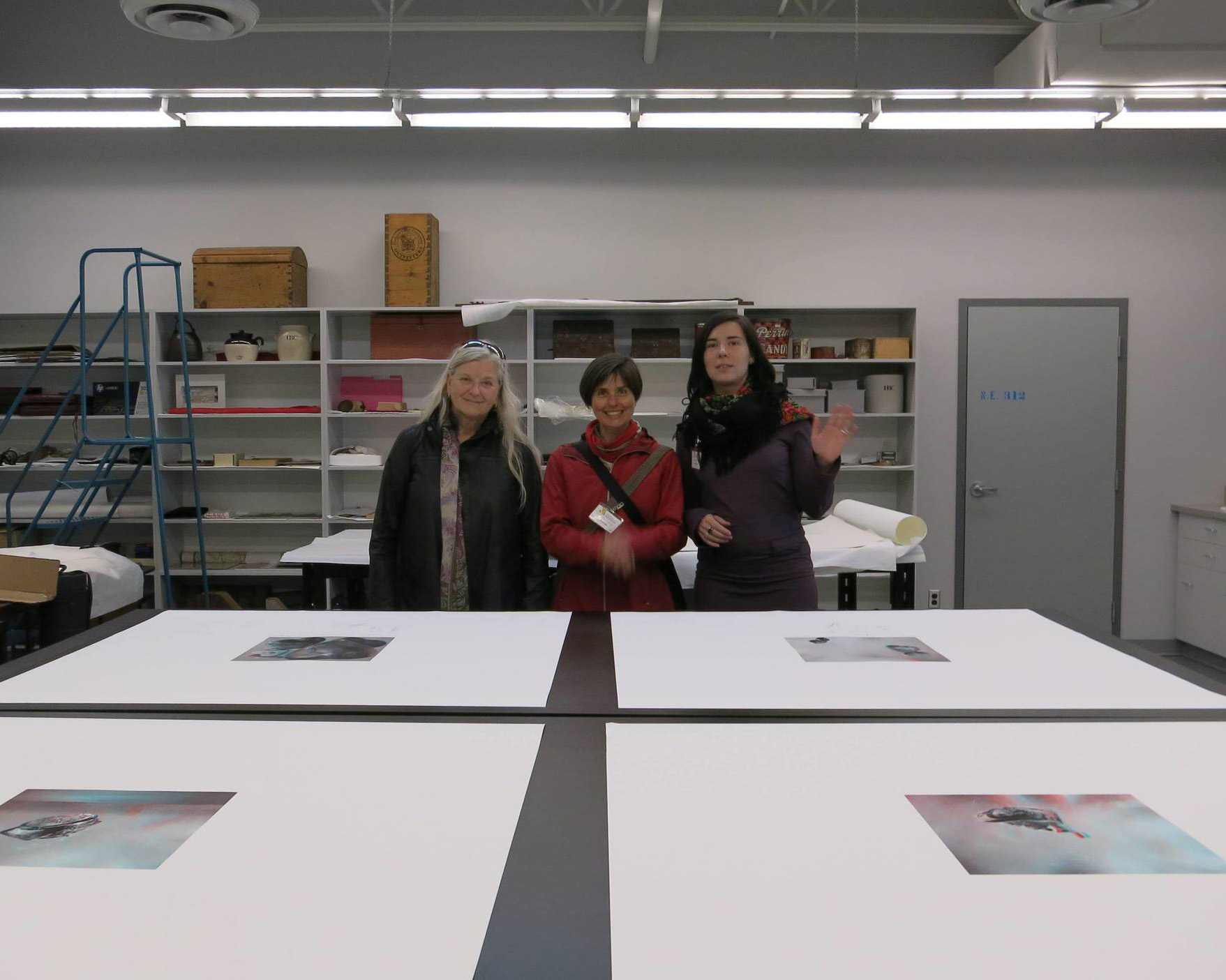

UAAC-AAUC Conference 2014 Congreès - October 28, 2014
Toronto
Universities Art Association of Canada/l'association d'art des universiteés du Canada
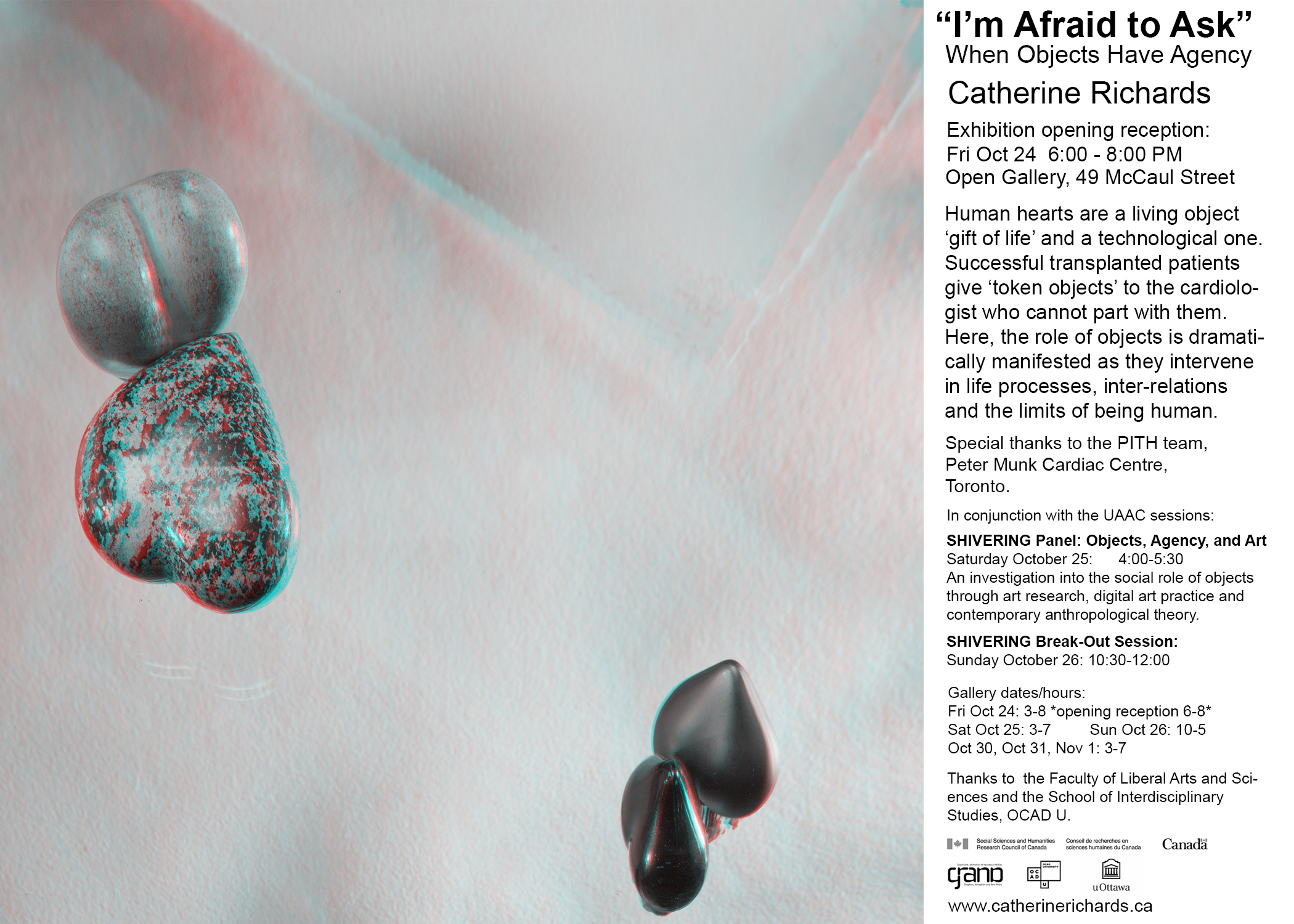
Panelists
Professor Catherine Richards, Visual Arts, University Research Chair , University of Ottawa.
Dr. Maria Lantin, Director of Research , Emily Carr University of Art + Design.
Dr. Maureen Matthews, Curator of Ethnology, Manitoba Museum.
Session Chair
Dr. Caroline Langill, Associate Dean, Facilities, Policies and Planning in the Faculty of Art, OCAD
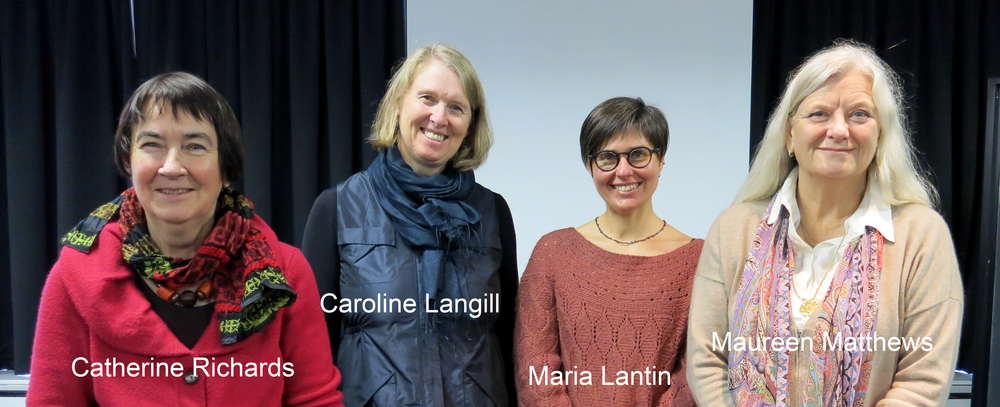
Presentation ABSTRACTS
Richards
There is a conversation within art practice that presumes artwork as an interactive entity and artists anticipate that their art works/objects will have lives of their own. One could say this is a primary reason for making art. Art schools are full of metaphorical talk which instantiates this kind of thinking. This presentation describes objects that unexpectedly appeared to have their own intentions. These artworks arose from a collaborative project with the research team at the Cardiac Transplant Program, Toronto General Hospital, and University Health Network. These works were created in the context of human heart transplants as both a living object 'the gift of life' and technological object. It was the successful patients ' gift' objects that began to appear to demonstrate an agency of their own, forcing a powerful reluctant encounter that was decidedly outside of the modernist framework whether it was artwork or the hospital itself.
Lantin
I wonder about objects in virtual environments. They don't age, they bear few life traces. We act upon them with the most functional of gestures. Yet in the physical world there are some objects that we revere and that act as catalysts of patterned behaviour. We could say they are agents in a dance with the phenomenal world. A dance that includes repetition, superstition, mimicry, creation, and destruction, memory and patterns.
I wonder how we design for the agency of objects. How do we encode agency when its enactment is contingent on all the participating actors, and their context? How we do represent agency in virtual objects? How do we design objects to have more potential for agency? How do we detect movement towards an objects that signals an "agency" type of relationship? How do certain types of movements activate a space? Can we give subtle movements to virtual objects to signal an agency type of relationship? How would we expect such objects to move?
I propose a new way to think of virtual environments where we encode agency as an evolved, rehearsed, and enacted dance between objects, animals, and their environment.
Matthews
Niningishkaa, Anishinaabe perspectives on person-like things.
In Art and Agency (1998), Alfred Gell developed an anthropological theory which skirted Western definitions of art and aesthetics, to explain the social role of objects which act like art in all cultures - including cultures without a concept of "art". Gell's theory neatly parallels Anishinaabe concepts about animate and socially active objects, including very beautiful objects, but no category that approximates "art." This paper takes a combined Anishinaabe and anthropological perspective to explore what Anishinaabe speakers can tell us about detecting and accounting for the role of animate objects (Hallowell 1960) and what an anthropological attentiveness to the personhood of objects (Strathern 2005, Latour 1993, Jackson 1989) can reveal. It also considers recent scholarship on Actor Network (Latour 2013), Affect (O'Sullivan 2001) and Thing Theory (Brown 2001, Mitchell 2001, 2005) which, taken together, provide a theoretical and metaphorical triangulation of art and objects that make things happen.
Exhibition - I'm Afraid to Ask - October 24 - November 7
Open Gallery, OCAD, Toronto
Human hearts are a living object 'gift of life' and a technological one.
Successful transplanted patients give 'token objects' to the cardiologist who cannot part with them.
Here the role of objects is dramatically manifested as they intervene in life processes, inter-relations and the limits of being human.
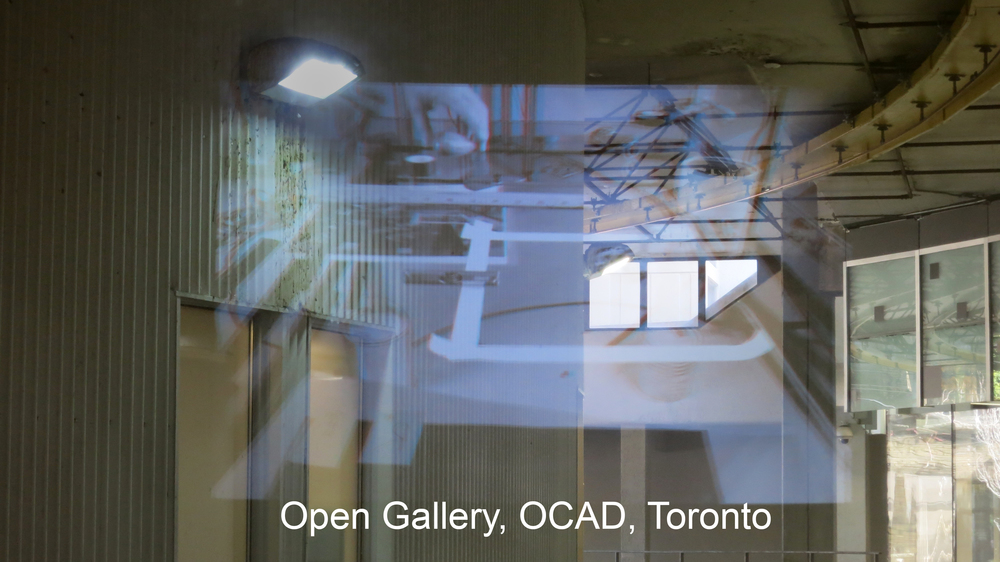
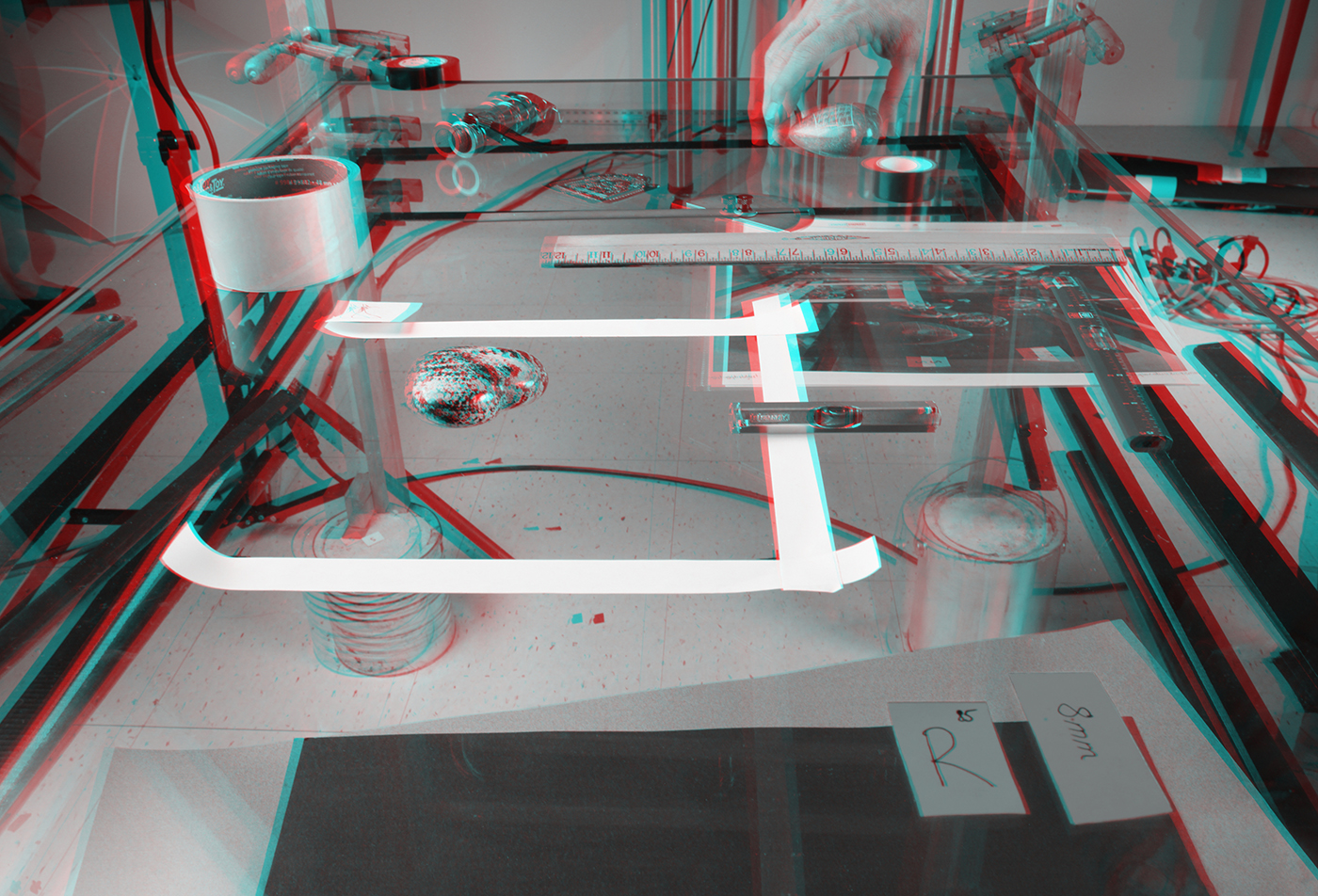
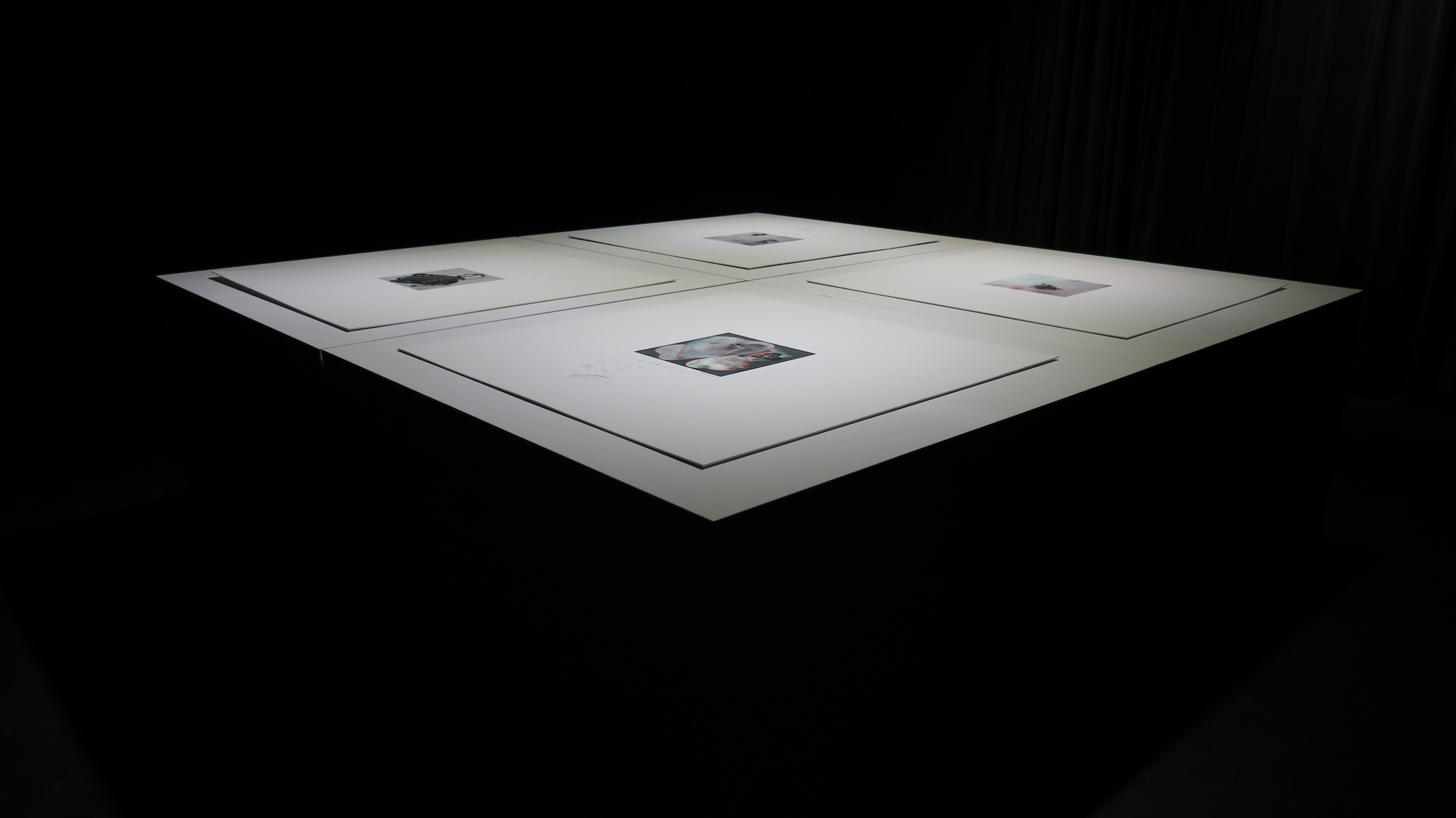
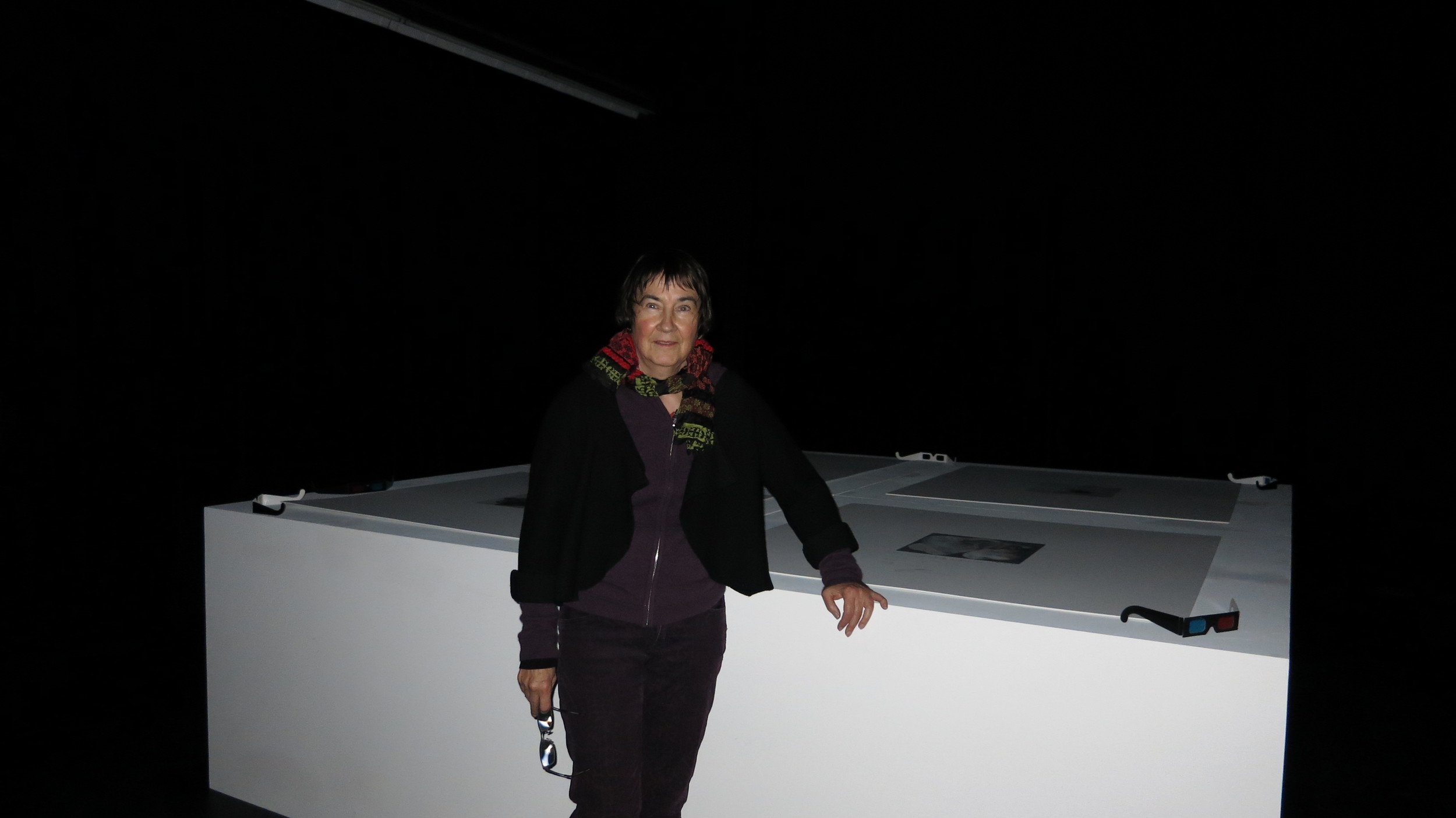
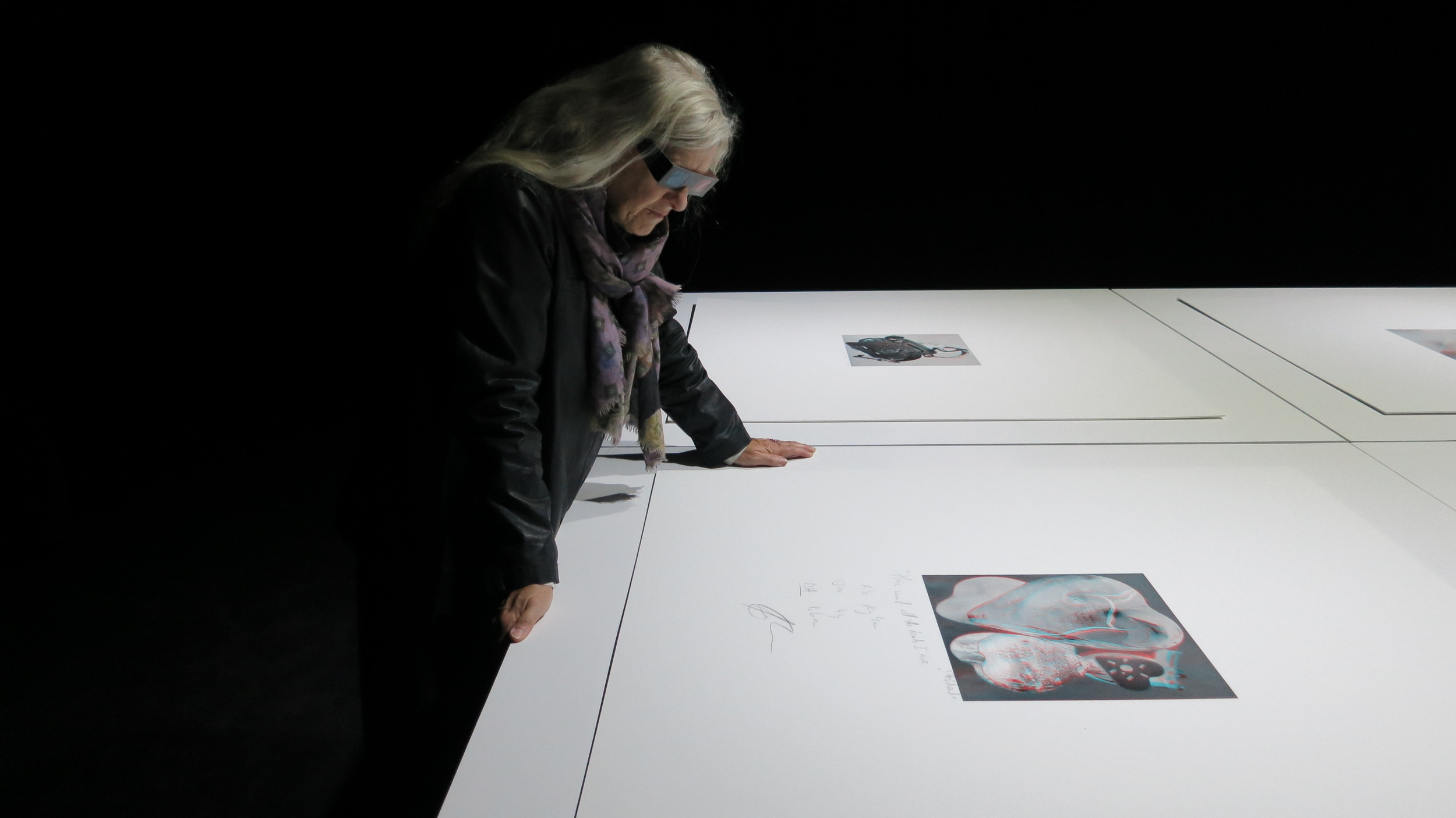
SHIVERING: THE SYMPOSIUM - Manitoba - May 9-10, 2014
SHIVERING was a three year, multi-disciplinary SSHRC (Social Science and Humanities Research Council) funded investigation into the social role of objects, particularly art objects, examined through the faceted lenses of art research, digital and multimedia art practice, and contemporary anthropological theory. The principal investigator, Catherine Richards, is Professor of Art at the University of Ottawa. Dr. Maria Lantin, co-investigator, is Director of Research at the Emily Carr University of Art + Design. Dr. Maureen Matthews, the project's cultural anthropologist is Curator of Ethnology at the Manitoba Museum.
Contents
SHIVERING: THE IDEAS
In the course of this project, the three of us have been meeting and talking about the idea of the social agency of objects and its consequences for art and curatorial practice. We started with the British anthropologist, Alfred Gell, who more directly than anyone else, connected ideas about art and the apparent animacy and social agency of objects. In his book, Art and Agency (1998), he tried to find a way, outside the Western definition of art and western aesthetic conversations, to explain objects which act like art in other cultures - including cultures which famously have no word for "art". He argued that it ought to be possible to talk about the social power of art objects without the vocabularies and conceptual limitations of aesthetics, commoditization and colonialist connoisseurship. He argued instead that we look simply and carefully at the role of objects which act in peopleÕs lives and become aware of what they are doing.
Gell's work was at the forefront of a burgeoning anthropological investigation of the social life of things, (Appadurai 1986), Thomas (1991), the consequences of materiality (Miller 2005; Tilley 2004), the nature of personhood (Strathern (2005), the role of the senses by Howes (2003), Edwards, Gosden and Phillips (2006), and the development of Actor Network Theory by Bruno Latour (1993). While Gell is very well known in the UK, where he taught at Cambridge University, these ideas have not been widely applied in North America.
Looking at art from the perspective of social agency appeals to anthropologists who work within communities where ceremonial objects may be grammatically animate and are often treated as categorical persons. It facilitates accurate and sympathetic treatment in such cultural environments. It also appeals to anthropologists because it offers an equally useful perspective on the Western/European practices including the tendency to personify objects and to speak about objects as doing things or making something happen. Art galleries across the western world are dedicated to the premise that objects in and of themselves, communicate powerful ideas and transcend temporal constraints. The conviction that historical and ethnographic objects have the power to teach history and educate people across cultural boundaries is at the heart of Western museological display and collecting practice.
This vocabulary of the animate objects has entered the world of computing, a world where concepts of personhood and objectness are morphing and mutating. There has been a shift in computing science toward object-oriented computing and the "Internet of Things." Especially in complex game programming and simulation, programmers are creating defined agents which perform complex and evolving roles within programs in a relational field which is itself evolving. Interesting questions emerge with respect to the ways in which our understanding of objects and agents shapes their digital representations and even more interesting ones when networks become agents, dynamically creating their own roles based on aggregate patterns of action.
Computational possibilities are also transforming contemporary concepts of personhood. In artificial intelligence and robotics, the relevance of the substrate, the body, is increasingly being questioned because of the possibility of "backing ourselves up" to be restored to life at some time in the future (Kurtzwell). The Turing Test has new relevance in the context of the "living algorithm" where agency is relational and does not depend on any overt self-awareness.
Programmers conventionally incorporate a sense of working with a living system or a responsive entity when they tackle the process of "debugging" a program. In this sense there is a parallel with art practice where the conversation presumes a sense of a whole interactive entity and requires being mindful of the full set of interactions. Similarly, artists anticipate that their art works/objects have lives of their own. One could say this is a primary reason for making art. Art schools are full of metaphorical talk which instantiates this kind of thinking. In 'crits', where students are struggling and teachers are trying to explain deficiencies in process and outcome, the assumption of animacy is overt. Expressions such as 'having a dialogue' with an art objects presumes a conversation. We ask, 'Are we listening to the work? What is it saying? Where do we go next? What works?'
Artists retain the metaphor for finished art work. We expect our art go out into the world, or at least into the world of art, gathering attention and social power. The stories of successful works take on the character of biographies, full of name dropping about famous owners and heroic stories of their roles in shaping or inspiring events. Once they become gallery-ized, museum-ized and media-ized they can have strange after-lives as mugs, posters, art books, screen savers and global commercials, making things happen in an entirely new arena.
We argue that paying attention to the life and agency of art/museum objects creates an opportunity for a theoretically useful critique of material/digital objects in contemporary life and what this means for modernisms and post-modernisms. Within the paradigm of modernism, an artistÕs intentionality is sufficient for a banal object such as a toilet (Duchamp 1917) to be snatched from its utilitarian context and very acceptably repositioned within the art world discourse. On the other hand, it is rare that an object already powerfully operating in the wider social world would is considered an acceptable locus of artwork. A religious icon or talisman is often first drained of its intentionality and then discussed only in terms of form and treatment when it is being considered as art. Objects which become art through cynical devices such as de-contextualization, irony or simply being quoted as a formal silhouette lose the social agency they once had to circulate as art. However, as artists move toward multi-media practice with work which responds to viewers and as this form of art practice explores the idea of robotic and emotive objects, which take on lives of their own and interrupt the lives of viewers/participants, the notion of objects with social agency is hard to resist, not just in other cultures but in our own.
SHIVERING: THE EVENT
On the weekend of May 9-11, 2014 we held a small symposium, an intensive discussion of ideas about objects, art and their role in our world and invited 10 scholars to join us, people who are actively working on issues having to do with the animacy and agency of objects in museums and art galleries and in media and digital art practice. Our principal objective was to have a concentrated discussion of the practical and intellectual consequences which flow from registering and observing the social power of objects in life and what this awareness means for our research, analysis and art practice.
Participants brought examples of their latest work: writing, thinking or art, to the Manitoba Museum, the home of a large number of socially active other-than-human entities. We organized our symposium around four core topics which we discussed during the day and informally at dinner as well.
Session 1 - Objects that live
Welcome and introductions
Maureen Matthews, D. Phil (Oxon), Curator of Ethnology, Manitoba Museum, and Consulting Scholar, American Philosophical Society Centre fort Native American and Indigenous Studies with Elaine Owen, Pauingassi community representative.
Ruth Phillips, PhD, Canada Research Chair in Modern Culture, Professor of Art History (Cross-appointed, PhD program in Cultural Mediations, Institute for Comparative Studies in Literature, Art, and Culture), Carleton University.
Jennifer Kramer, PhD, Associate Professor, Curator Pacific Northwest, Museum of Anthropology, Peter Wall Institute for Advanced Studies Early Career Scholar and Faculty Associate, University of British Columbia/Museum of Anthropology.
Tea and visit to the museum lab
Wiikaanag, Ritual relatives in the Pauingassi Collection: a group of important ceremonial Ojibwe artefacts, photographed and described in use by American Anthropologist A. I Hallowell between 1930 and 1940, collected in 1970 by Jack Steinbring of the University of Winnipeg and then reconnected to the community via Ojibwe language recordings and photographs from 1992 to the present. The collection is in the process of being repatriated to a trust on behalf of the community.
Session 2 - Objects that make things happen
Maria Lantin, PhD, Director of Research and Director of Intersections Digital Studio, Faculty of Graduate Studies, at Emily Carr University of Art + Design
Ben Bogart, PhD, Emily Carr University of Art and Design. Ben Bogart is an artist working in installation, audio-visual improvisation and software development. His current work, "A Machine that Dreams: An Artistic Enquiry of Cognitive Theories of Dreaming and Mental Imagery" deals with computational implementations of embodied creativity, memory and dreaming.
Session 3 - Objects that make us
Catherine Richards, Professor of Media Arts and Full Professor, Department of Visual Arts and Research Chair, University of Ottawa. in Media and the Arts Artists currently working on multidimensional, stereoscopic images of commemorative mnemonic objects.
Caroline Langill, Associate Professor of Art, Associate Dean, Facilities, Policies and Planning in the Faculty of Art. Ontario College of Art and Design and independent curator.
France Trepannier, University of Victoria, is a multidisciplinary artist, curator and researcher of Kanienökéhaka (Mohawk) and Québécois ancestry. France was also the co-founder and Director of the artist-run center Axe Néo-7 in Gatineau, Quebec, co-chair of the Aboriginal Program Council at the Banff Centre and the co-recipient of the 2012 Audain Aboriginal Curatorial Fellowship by the Art Gallery of Greater Victoria. France is currently the Vice Chair for the Aboriginal Curatorial Collective.
Jen Mizuik, director, visual/digital arts at The Banff Centre, Banff Alberta, curator, arts centre manager with a focus on digital media and contemporary arts practice.
Tea and visit to the museum lab
I'm afraid to ask, new work by Catherine Richards. These artworks arose from a collaborative project with the research team at the Cardiac Transplant Program, Toronto General Hospital, and University Health Network. These works were created in the context of human heart transplants as both a living object 'the gift of life' and technological object. It was the successful patients ' gift' objects that began to appear to demonstrate an agency of their own, forcing a powerful reluctant encounter that was decidedly outside of the modernist framework whether it was artwork or the hospital itself.
Session 4 - Making things happen: making happening things
Discussion. Transcript in progress.
THE PANELISTS
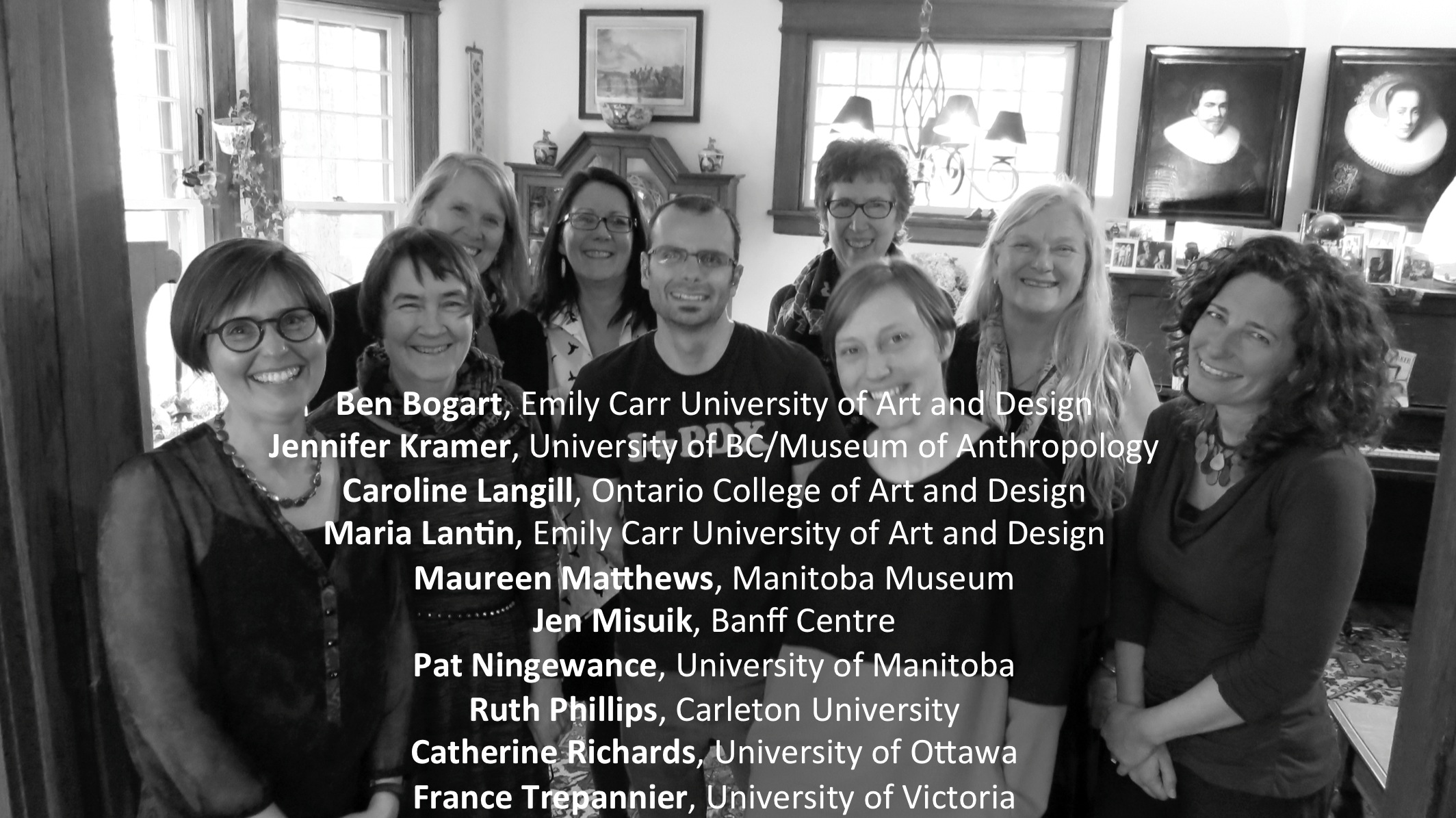
TEXTS AND LINKS
33rd Congress of the International Committee of the History of Art: The Challenge of the Object
CBC IDEAS program with Maureen Matthews: http://www.cbc.ca/ideas/episodes/2010/12/07/wihtigo/
Interactive Futures Conference (http://if2014.ecuad.ca/)
Absolon, Kathleen E. (Minogiizhigokwe). Kaandossiwin: How We Come to Know. Fernwood Publishing, 2011. Print.
Bogart, Ben. "Imagination-Art-Reality"".
Bogart, Ben. "The Illusion of Usability: Perception, Simulation and Culture"", TED Talk, Munich. 2014. Web. http://www.ekran.org/ben/wp/2014/the-illusion-of-usability-perception-simulation-and-culture/
Cohen, Harold. "What is an Image?", Conference Proceeding, IJCAI. 1979.
Gill, Rajdeep S. Transforming Curatorial Practice : Envisioning and Nurturing Ethical-Creative-Archival Ecologies of Connectedness. Univesity of British Columbia. 2013. (PhD thesis)
Ginzburg, Carlo and Davin, Anna. "Morelli, Freud and Sherlock Holmes: Clues and Scientific Method." History Workshop 9 (1980): 5-36.
Holly, Michael Ann. The Melancholy Art. Princeton: Princeton UP. 2013.
Hutson, Matt. The 7 Laws of Magical Thinking: How Irrational Beliefs Keep Us Happy, Healthy, and Sane. New York: Hudson Street, 2012.
Kovach, Margaret. Indigenous Methodologies: Characteristics, Conversations and Contexts, Toronto: University of Toronto Press, 2013.
Kramer, Jennifer. "Möa;bius Museology: Curating and Critiquing the Multiversity Galleries at the UBC Museum of Anthropology" in Museum Transformations: Art, Culture, History (Annie E. Coombes and Ruth B. Phillips, eds.) Wiley-Blackwell Press.
Kramer, Jennifer. "Appropriation (?) Of the Month: The Bet of the Broncho and the Raven" in IPinCH. June 19, 2014. Web http://www.sfu.ca/ipinch/outputs/blog/appropriation-month-bet-broncho-and-raven
Nancy, Jean-Luc. L'intrus, Paris: Galilée. 2000.
McCall Sophie. First Person Plural: Aboriginal Storytelling and the Ethics of Collaborative Authorship, UBC Press, 2011
Phillips, Ruth. "The Politics of Reconnection: Museum Collections as Sites of Indigenous (and Non-Indigenous) Cultural Recovery".
Phillips, Ruth. "Things Anashinaabe: Art, Agency and Exchange across Time" in Before and after the Horizon: Anishinaabe Artists of the Great Lakes. Ed: David W. Penney &Gerald McMaster. Smithsonian 2013.
Pickering, Andrew. The Mangle of Practice: Time, Agency, and Science. Chicago: U of Chicago, 1995.
Trépanier, France and Creighton-Kelly, Chris. Understanding Aboriginal Arts in Canada Today: A Knowledge and Literature Review, Canada Council for the Arts, 2011.
Maria Lantin
Director of Research at Emily Carr University of Art + Design
VIVE (Very Immersive Virtual Environment)
VIVE combines the Oculus Rift headset with motion capture systems to create a whole body virtual experience. Being able to roam and interact with the environment creates a more realistic VR experience. Emily Carr researchers are using this system to investigate modes of interaction and networked presence in VR.
For a short video click HERE


